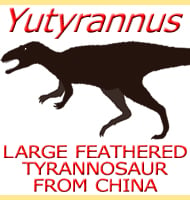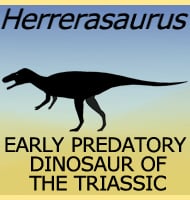Sanjuansaurus
In Depth Superficially Sanjuansaurus was probably similar to Herrerasaurus in general appearance, but some skeletal features seem to have been slightly more primitive. Sanjuansaurus lived in the same time and location as its more famous relative Herrerasaurus which would suggest that this form held an important place in their ecosystem. Neither Sanjuansaurus nor Herrerasaurus would … Read more

